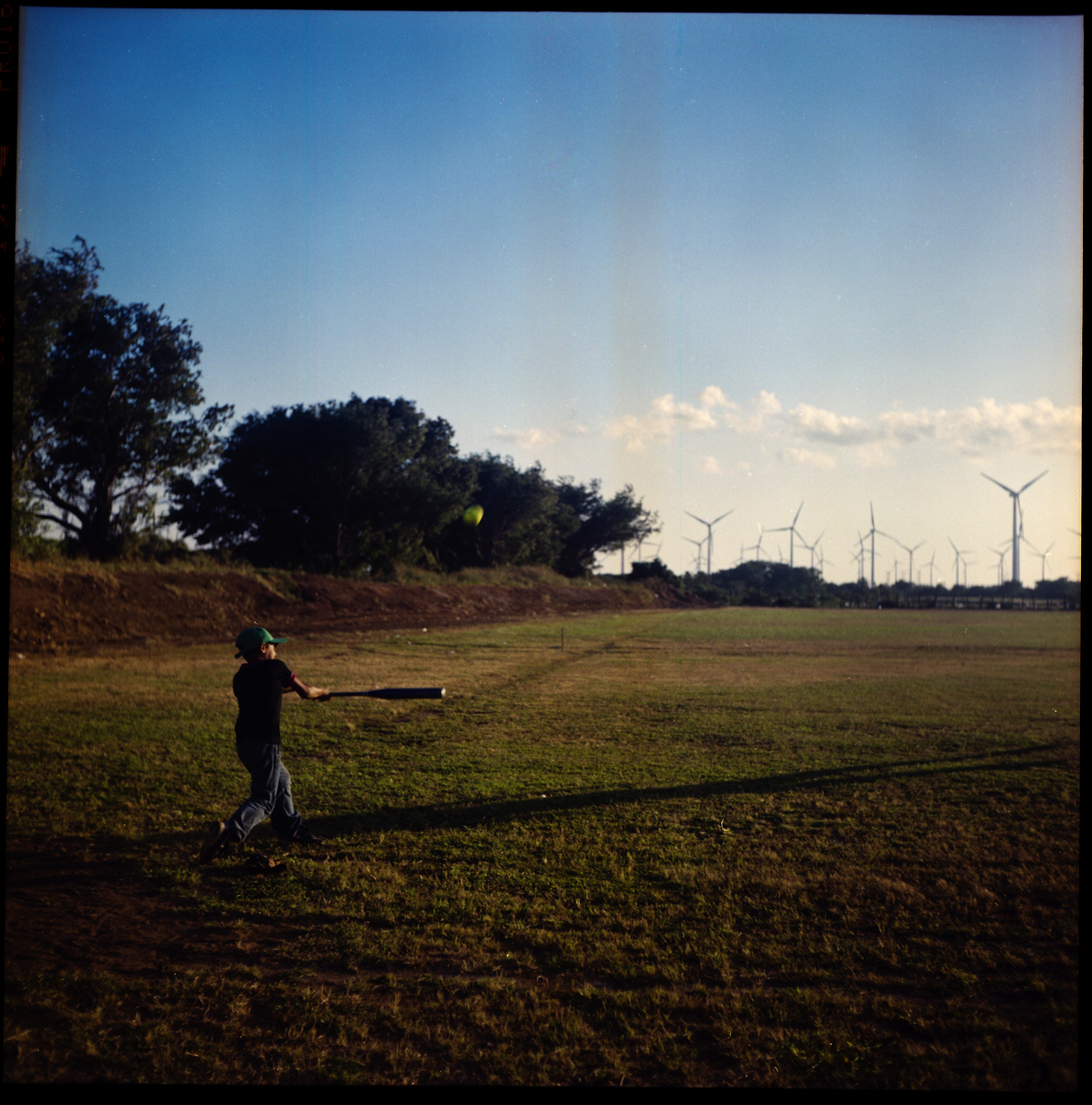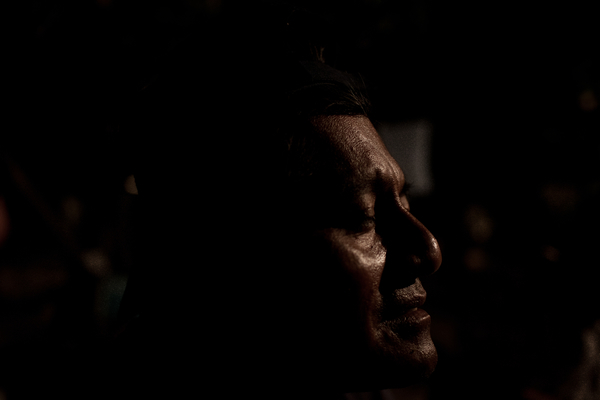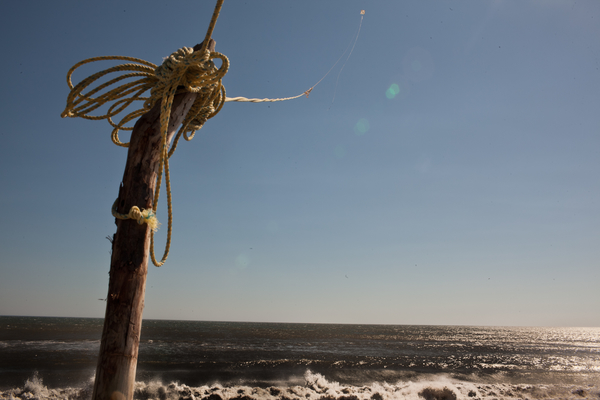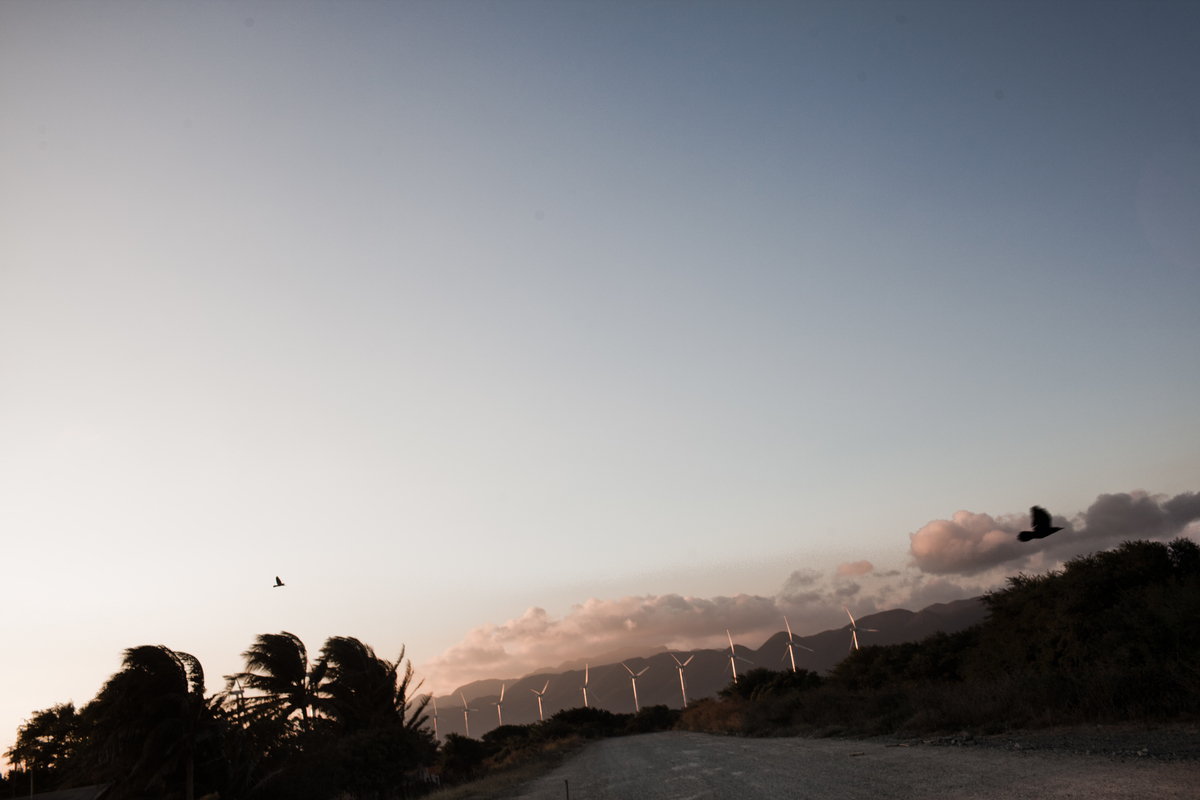 Imagine for a second that the country of Mexico was a long funnel, with the Pacific and Atlantic Coasts as the sides of the funnel. And imagine you were to roll a marble down the Pacific side, all the way from San Diego, down Sonora, passed Mazatlan, Jalisco (though it takes a little hop over Puerta Vallarta), and down past Acapulco. The place where the marble would stop – that little indent at the very bottom – that is the Isthmus of Tehuantepec.
Imagine for a second that the country of Mexico was a long funnel, with the Pacific and Atlantic Coasts as the sides of the funnel. And imagine you were to roll a marble down the Pacific side, all the way from San Diego, down Sonora, passed Mazatlan, Jalisco (though it takes a little hop over Puerta Vallarta), and down past Acapulco. The place where the marble would stop – that little indent at the very bottom – that is the Isthmus of Tehuantepec.
Once upon a time, this was the most important region in Mexico for Americans. Before the Panama Canal was built, the Tehuantepec Route was the primary way to get stuff from one coast to the other. In fact, the Ithsmo, as it is known, was an earlier candidate for the canal. The New York Times even had a regular column updating people about its comings and goings (for hilarious examples of this, click here and here). The region has a rich culture and cuisine – like traditional transvestites (accepted as the “third gender“) and the wearing of iguanas on one’s head before one eats them. Seriously. Click the stupid link if you don’t believe me.

My own trip to the Isthmo more than a year ago was intense. I was there with the Christian Science Monitor to cover the taking of indigenous land by foreign wind companies. It seems that after 100 years of ignoring the Isthmo, foreign interests have again discovered this small corner of Mexico. Everywhere you looked there were turbines spinning. People were furious and tensions were high, to the point where a week before, a guy actually got shot in the head (perhaps the first casualty over wind turbine conflicts – but not the last). Since then, it’s only gotten worse with regular updates of imprisonments and violent crackdowns by police over one area in particular – a long sand spit right that cuts the bay off from the ocean.
But there was one story I never got to tell and so I’d like to share it here now. As time goes on and we seriously try to take a bite out of the phenomenal carbon footprint of humanity, we are going to have to find more room for wind power. This is especially true in the developing world, where wind companies are going gangbusters. But humans are not the only ones who need to make room. In addition to being the windiest place I’ve ever been, Tehuantepec is also one of the birdiest.
Many scientists have documented the fact that birds are killed by wind turbines (most notably near my California home town in an area called the Altamont Pass). Interestingly, it’s only a problem when the wind gets really strong – around 30 miles per hour – and stays that way. The thing about Tehuantepec is that it always has 30 mph winds. As soon as you get off the bus, you feel it, hear it. I talked to one girl who said when she took a trip up north she couldn’t understand why it was so quiet – she was so used to the howling of the wind.
That’s bad news for the spoonbills, ibises, frigate birds, herons, pintails, teals, and godwits I saw in about an hour of birdwatching (it’s surprisingly hilarious to watch a flock of egrets try to take off into a stiff wind). Probably for the Cinnamon-tailed sparrow too, a rare endemic that I didn’t get to see. And the hawks – the hawks have it especially bad. According to the World Bank, more than 90 percent of the world’s Swainson’s hawks (and Franklin’s gulls, for the bird nerds out there) pass through this slot in the continent. Remember the marble? Well, it turns out that almost the entire population of North American migratory birds – arguably the biggest migration in the world – passes through this tiny little spit of land like water down a drain. A drain with a running disposal.

Official numbers aren’t too bad. in a year or so, one site found about 78 dead birds and 123 dead bats observed at one site, called La Venta II. Not bad, since and estimated 3.5 million raptors fly through that site, 13 percent flying right at turbine height. Then I talked to the people doing the surveys (not at La Venta II). It turns out a “survey” means walking out every week or so and looking for dead birds right under the turbines. Never mind that birds and bats hit the turbine and go spinning off into the brush and die slowly. Never mind that soon after, they are taken by voracious scavengers. When the World Bank (who actually helps fund the wind parks) stopped by to evaluate the environmental risk, they were so shocked at the poor accounting, they suggested multiplying the death toll by 50. One of my sources, who actually took a proper survey at a site, saw two dead birds and three dead bats per acre. And these things are thousands of acres in size.
 Now, I’ll say right now that I can’t show you that last data. My sources would have lost their jobs even for talking to me and as we talked they were constantly checking the door. And sharing data? According to their terms with the wind companies, that would mean jail time (think about that for a second and how twisted that is). And there weren’t any other people to talk to, since every biologist in the region seemed to have been hired by the wind companies. “Seemed” is a little weak, every single one of them was under the same perverse deal.
Now, I’ll say right now that I can’t show you that last data. My sources would have lost their jobs even for talking to me and as we talked they were constantly checking the door. And sharing data? According to their terms with the wind companies, that would mean jail time (think about that for a second and how twisted that is). And there weren’t any other people to talk to, since every biologist in the region seemed to have been hired by the wind companies. “Seemed” is a little weak, every single one of them was under the same perverse deal.
Of course, it doesn’t have to be that way. Interestingly, experts I talked to for this story said that with just 5, maybe 10 percent loss in spinning time, they could make a huge dent in the number of dead flying creatures. At many wind farms, a bite like this might mean going broke. But these wind farms have been phenomenally successful, capturing some 42 percent of the possible wind (more than 60 percent is geometrically impossible, thanks to Betz’ Law, and plenty of farms settle for 25). Like I said, it’s really windy there (the indigenous Ikootz or Huave are famous for having really tall walls around their houses to keep the wind out).
Now, I’m no one to stand in the way of progress – especially when that means curbing man-made climate change. But with every type of power comes a trade off. And as the Ikootz people are beaten with batons and hawks are churned up in the turbines, I have to wonder, are we getting the full story?
Photos by Dominic Bracco II

One thought on “Birds in a Blender”
Comments are closed.